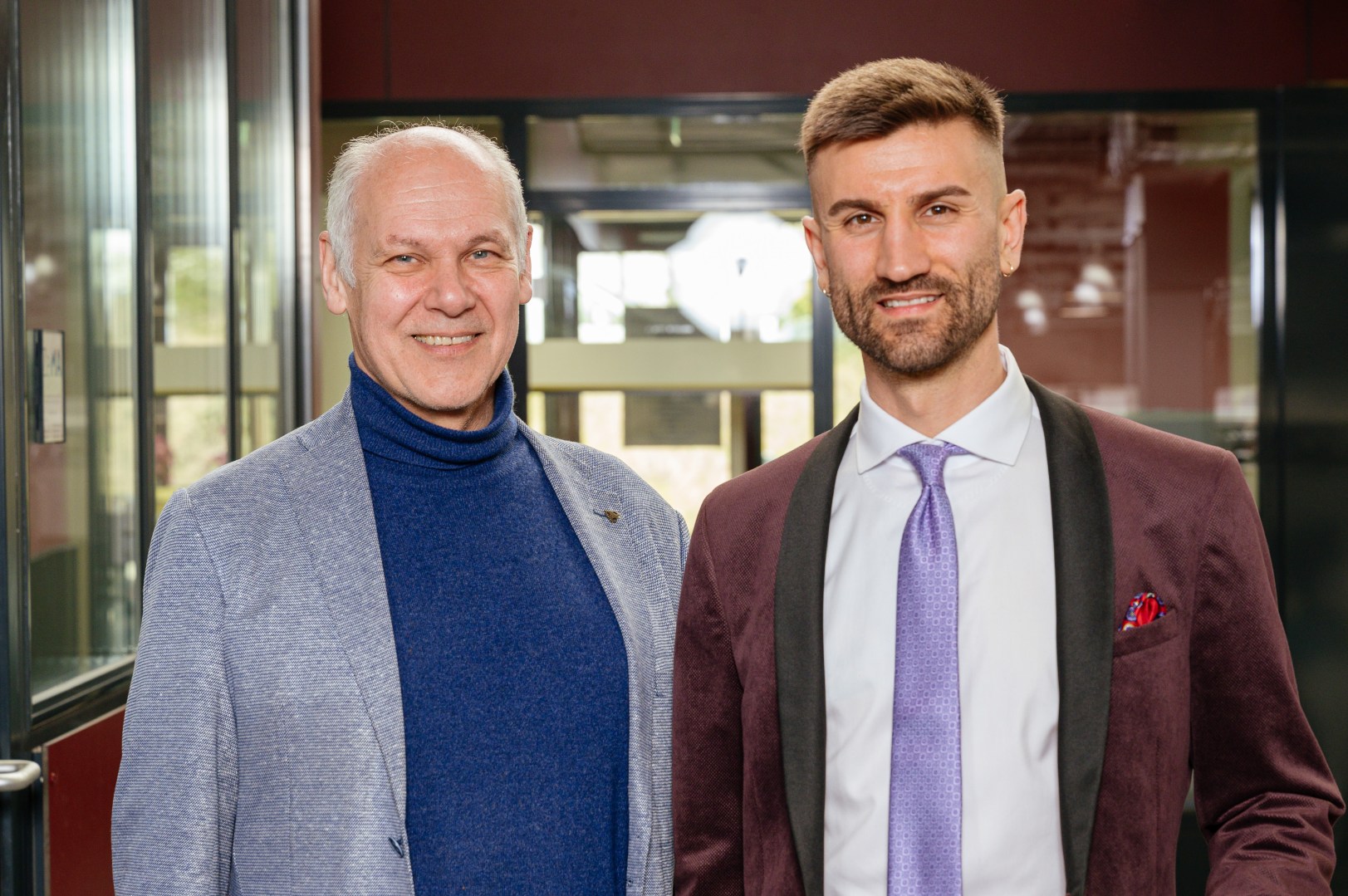
For sick children in isolation in hospitals, physical touch is impossible to experience.
But now researchers from Saarland University intend to change that. Using an intelligent textile, they are making it possible to detect and communicate touch — remotely. Better yet, it can be controlled by a watch.
What are the health benefits of touch?
The research on touch already speaks multitudes about the potential of smart textiles to impact healthcare. Touch triggers the release of beneficial hormones such as oxytocin, serotonin, and dopamine.
It reduces stress, boosts the immune system, and relieves pain. Touch is even crucial to our survival. Babies can die if they don’t get it. Additionally, the lack of it in a child’s‘ life can stunt their growth in various ways.
Thus, scientists at Saarland University developed the smart textile with therapeutic and medicinal value in mind.
They claim that with this technology, seriously ill children in hospital isolation wards gain the chance to feel their parents’ closeness.
A smart textile as thin and sensitive as skin
The smart textile, which is 50 micrometers thick, functions like a second skin. That’s about 0.0019685 inches (or 0.05 millimeters).
The smart textile made of silicon is as thin as a film and shows how powerful “sensitive” can get.
Professor Paul Motzki from Saarland University explained in a press release that “a highly flexible electrically conducting layer is printed onto each side of the ultrathin film to create what is known as a dielectric elastomer.
If we apply a voltage to the elastomer film,” he continued, “the electrodes attract each other, compressing the polymer and causing it to expand out sideways, thus increasing its surface area.”
The film takes an imprint of a parent’s touch. When they come into contact, they change the film’s ” electrical capacitance, a physical quantity that can be precisely measured.”
It sends the sequence to a child wearing a second skin. They receive the touch. The film acts as both a sensor and an actuator. It picks up on the touch and transmits it.

The smart ‘skin’ can be controlled by a watch
More amazingly, however, scientists can regulate and control the speed and felt degree of the touch.
“We can get the film to perform continuously controlled flexing motions so that it exerts increasing pressure on the skin, or we can get it to remain in a fixed position,” Ph.D. student Sipontina Croce said.
At Hannover Messe, an innovation conference, they’ll demonstrate with a watch that they can turn a touch made by a finger into ” long stroking motions.” They can amplify a sensation with a tiny amount of physical film, which makes the textile very much within a hospital’s reach.
It could very well reach beyond the hospital ward by taking computer gaming, virtual reality, and touchscreen to a whole new level of reality.
But first, the technology seeks to address the lack of touch received by children in isolation, which might even enhance their medical treatments. It shows that our understanding of medicine is changing for the better.












